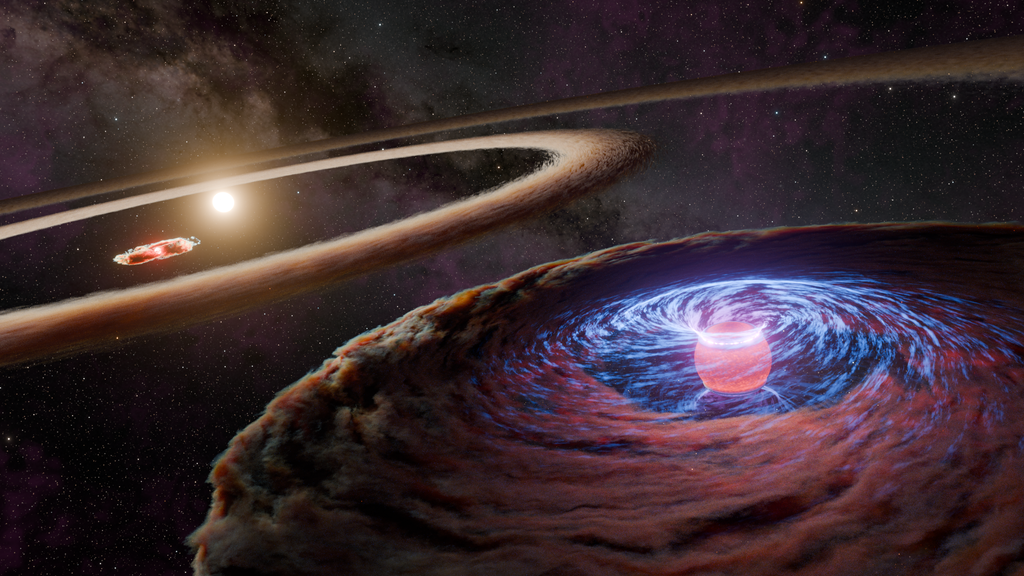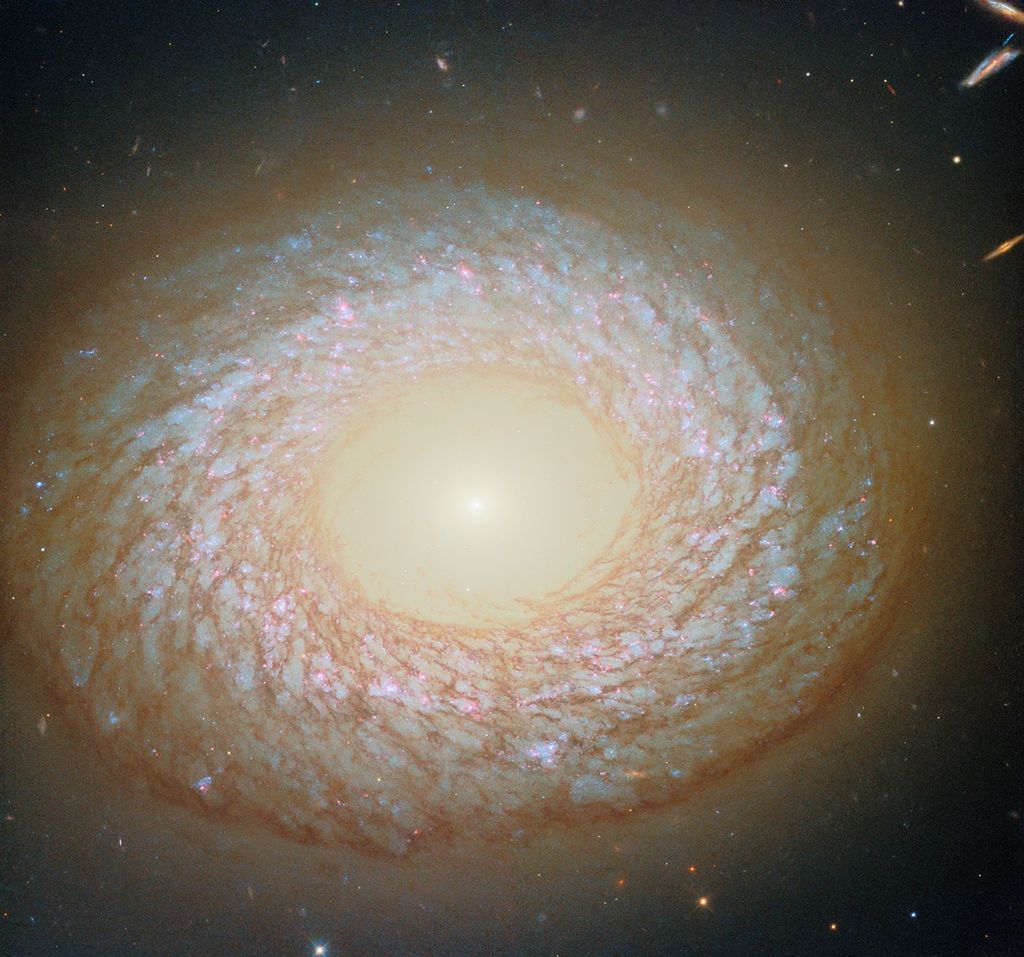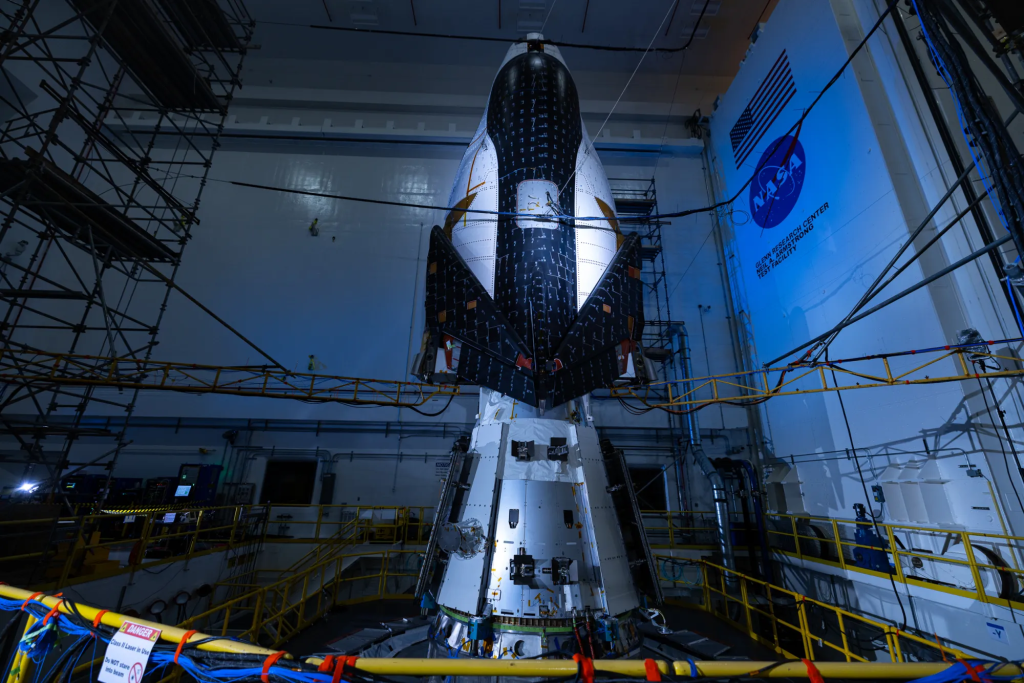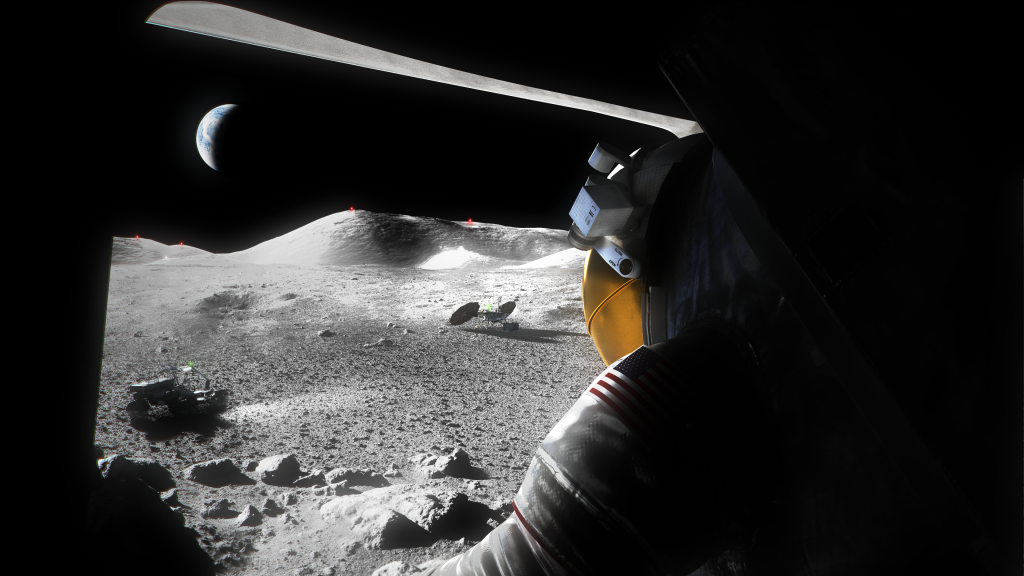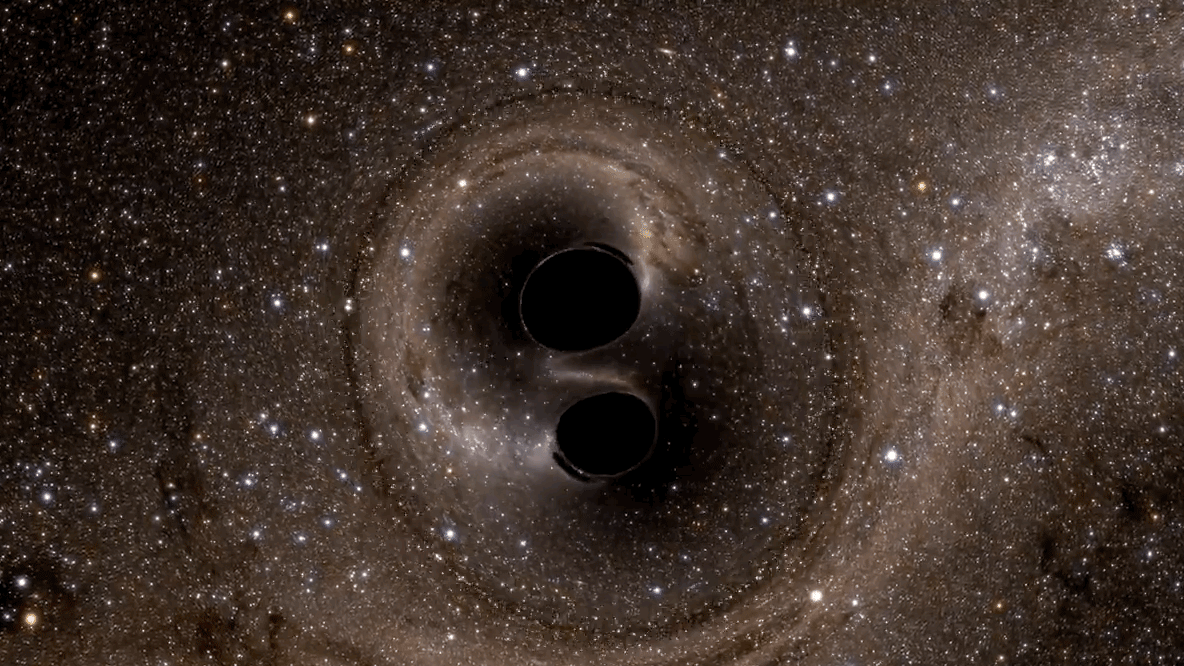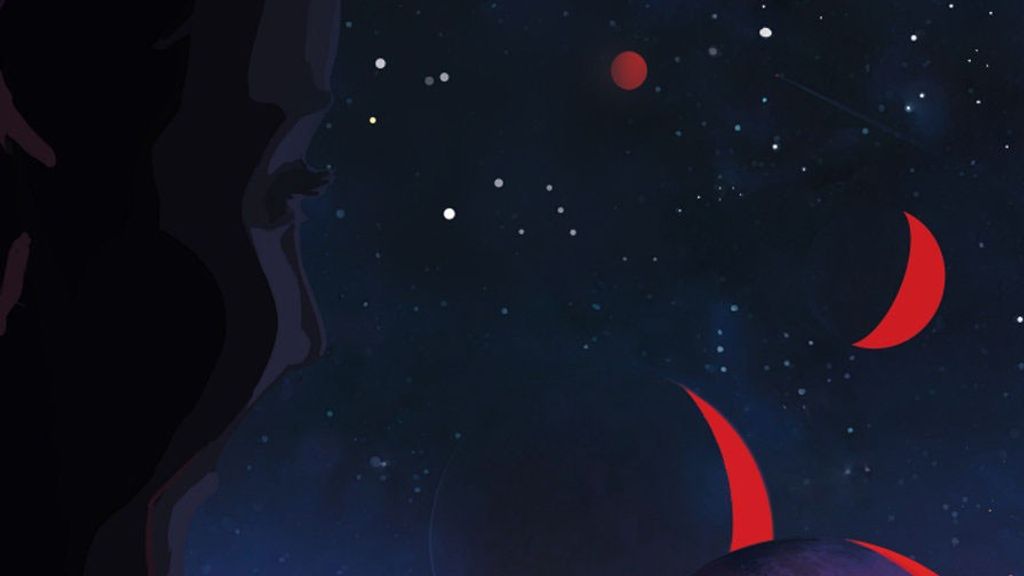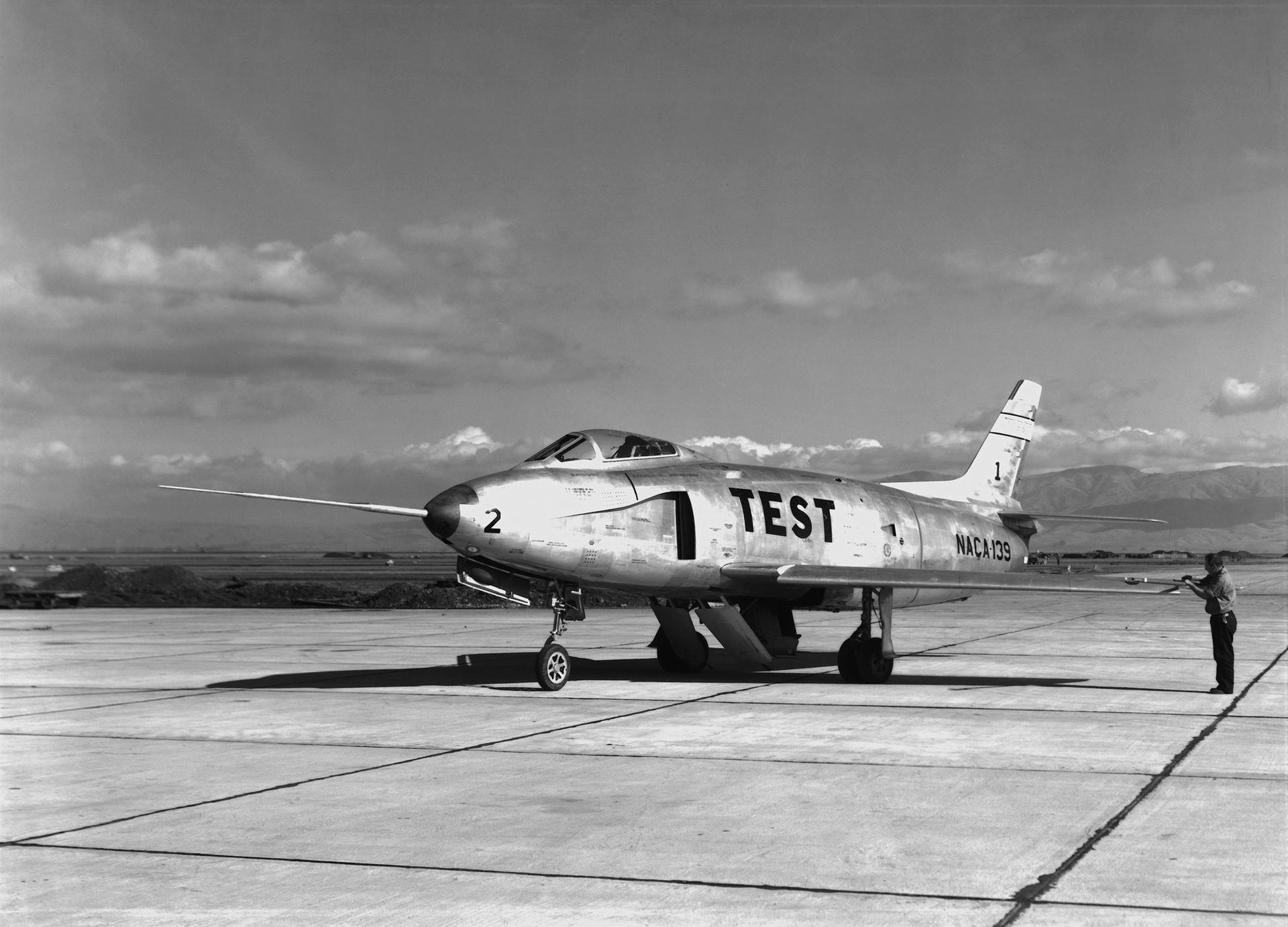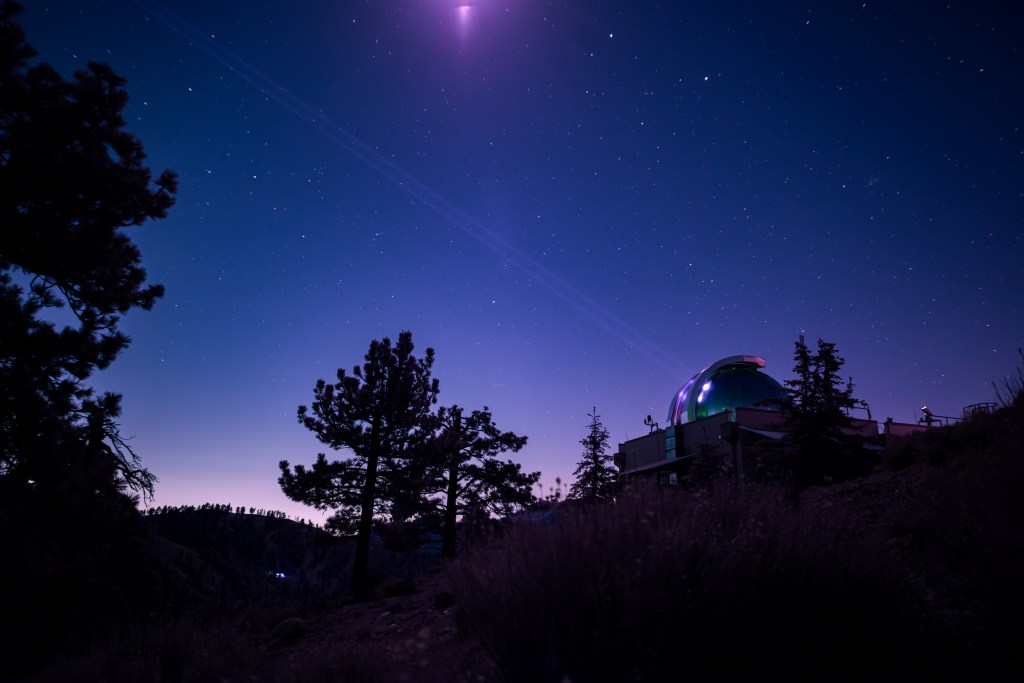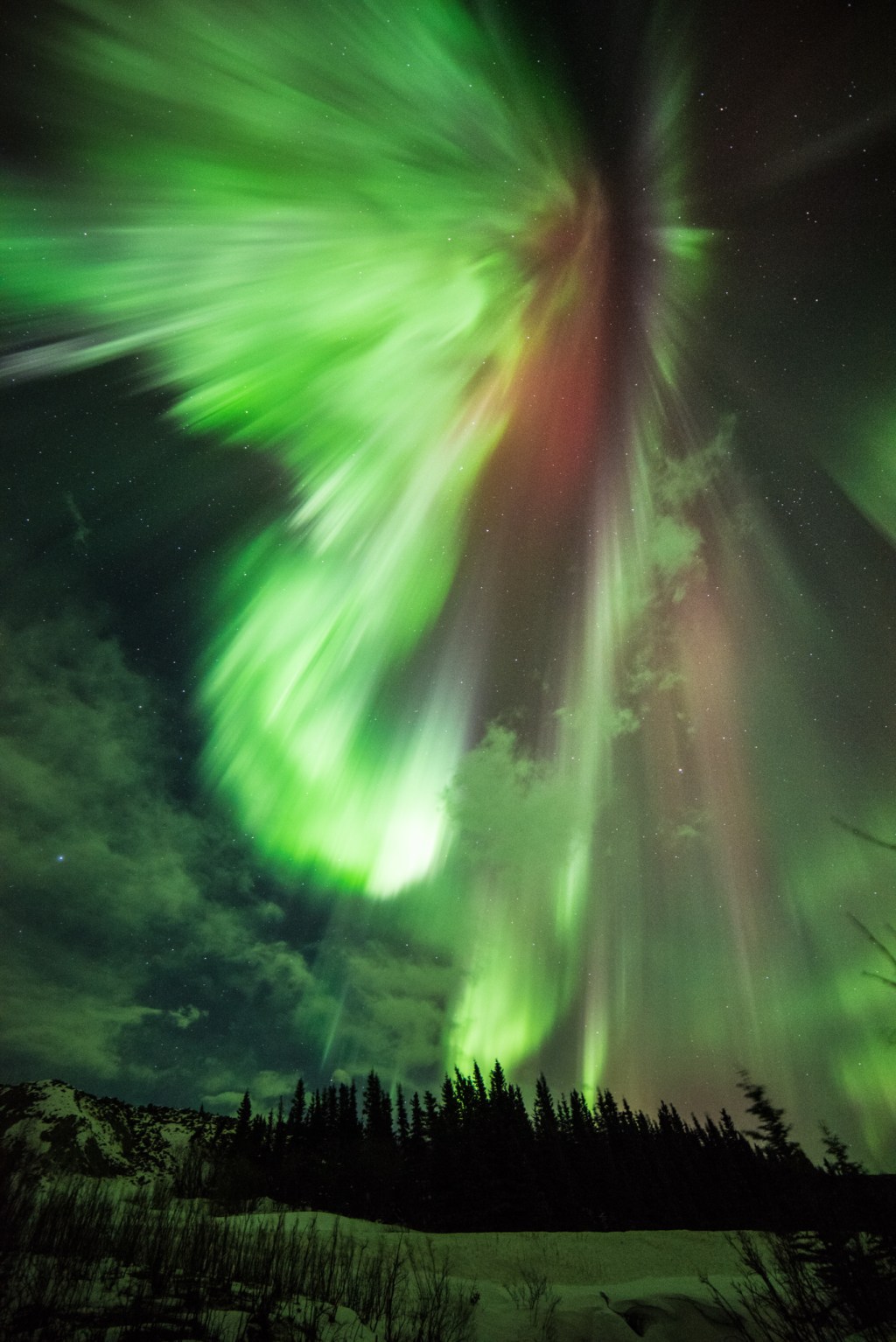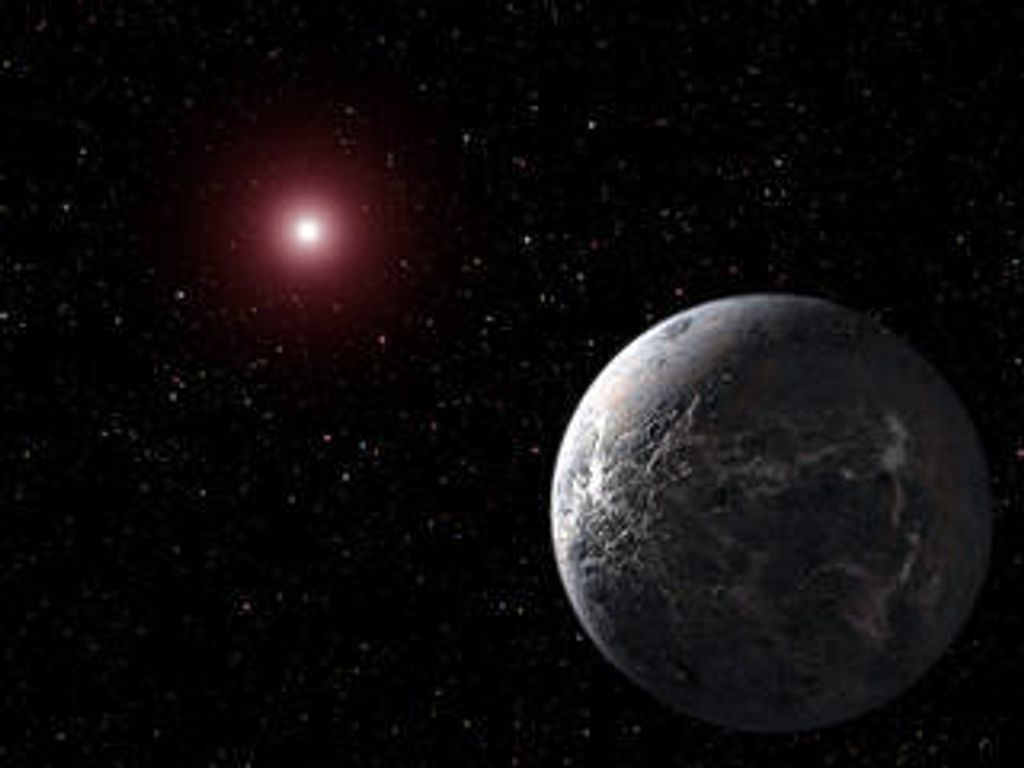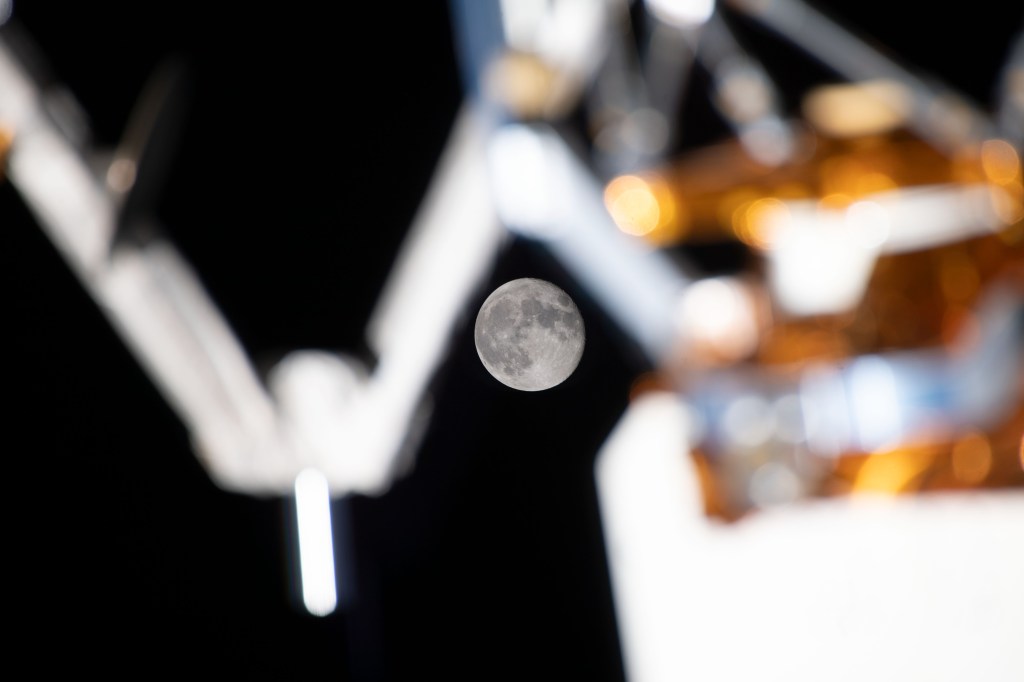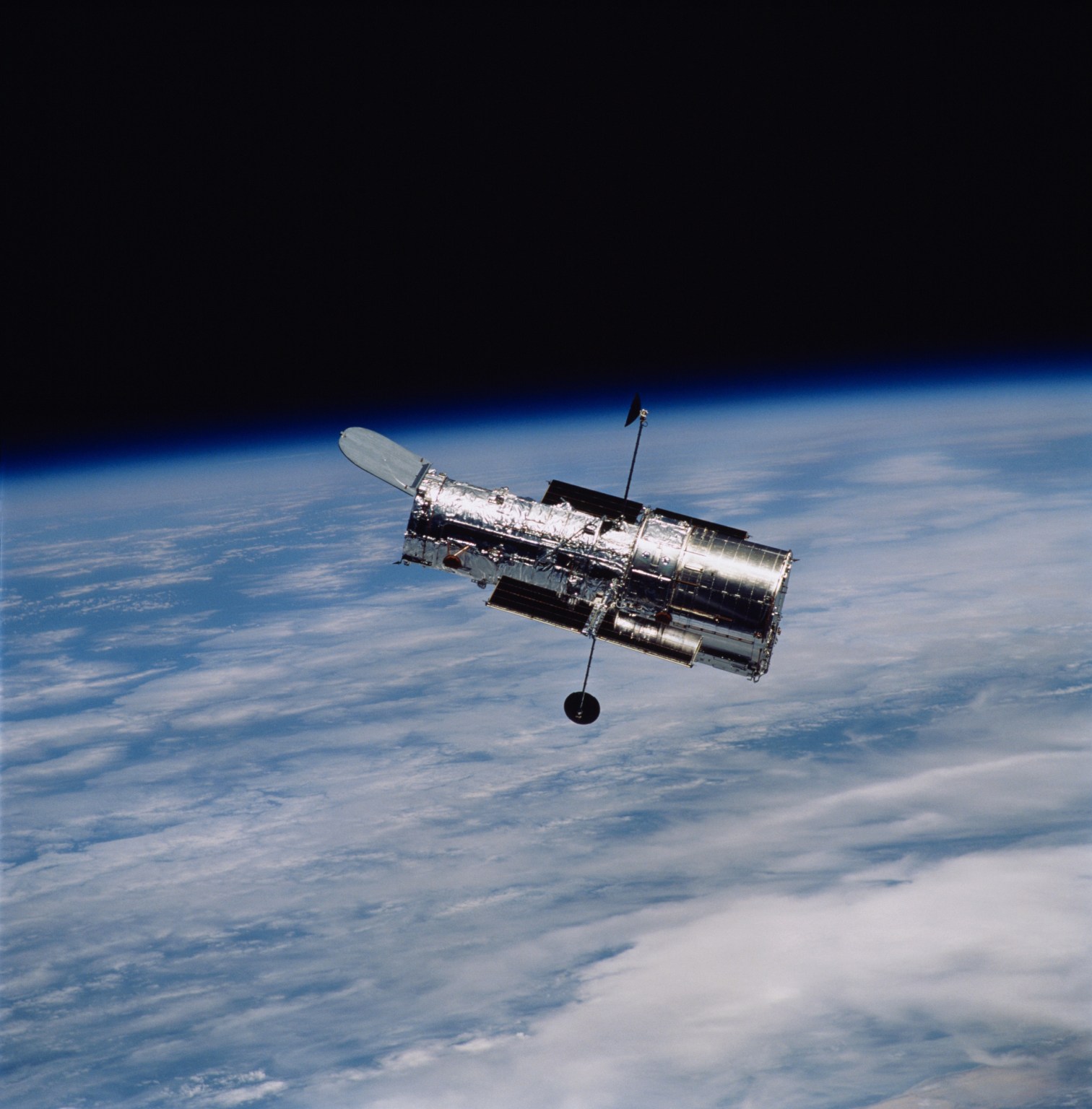1 min read
Multiwavelength OPAL Saturn

A "Warhol-esque" array of Saturn images depict real data from multiple filters mapped onto the RGB colors perceptible to the human eye. Each filter combination emphasizes subtle differences in cloud altitude or composition. Infrared spectra from the Cassini mission suggested that Saturn's aerosol particles may have even more complex chemical diversity than on Jupiter. The OPAL program extends Cassini's legacy by measuring how the subtle patterns in the clouds vary over time.
Extended Description and Image Alt Text
Extended Description
Image Alt Text
A 6-panel collage titled "Saturn, August 22, 2024, HST WFC3/UVIS." This "Warhol-esque" array of Saturn images depict real data from multiple filters mapped onto the RGB colors perceptible to the human eye. Each filter combination emphasizes subtle differences in cloud altitude or composition. Infrared spectra from the Cassini mission suggested that Saturn's aerosol particles may have even more complex chemical diversity than on Jupiter. The OPAL (Outer Planet Atmospheres Legacy) program extends Cassini's legacy by measuring how the subtle patterns in the clouds vary over time.
About the Data
- Data DescriptionData DescriptionProposal: A description of the observations, their scientific justification, and the links to the data available in the science archive.
Science Team: The astronomers who planned the observations and analyzed the data. "PI" refers to the Principal Investigator.The HST observations include those from the OPAL observing programs (A. Simon)
- InstrumentInstrumentThe science instrument used to produce the data.WFC3/UVIS
- Object NameObject NameA name or catalog number that astronomers use to identify an astronomical object.Saturn
- Object DescriptionObject DescriptionThe type of astronomical object.Gas giant planet
- Release DateDecember 9, 2024
- Science ReleaseNASA’s Hubble Celebrates Decade of Tracking Outer Planets
- CreditNASA, ESA, Amy Simon (NASA-GSFC), Michael H. Wong (UC Berkeley); Image Processing: Joseph DePasquale (STScI)

These images are a composite of separate exposures acquired by the WFC3 instrument on the Hubble Space Telescope. Several filters were used to sample medium wavelength ranges. The color results from assigning different hues (colors) to each monochromatic (grayscale) image associated with an individual filter.
Related Images & Videos

Hubble's Decade-Long Views of the Outer Solar System Planets
This is a montage of Hubble Space Telescope views of our solar system's four giant outer planets: Jupiter, Saturn, Uranus, and Neptune, each shown in enhanced color. The images were taken over nearly 10 years, from 2014 to 2024. This long baseline allows astronomers to track...

OPAL Jupiter Observations
A nine-panel collage showing Hubble images of Jupiter taken under the OPAL (Outer Planet Atmospheres Legacy) program from 2015 to 2024, with approximately true color. OPAL tracks the Great Red Spot (GRS) and other notable changes in Jupiter's banded cloud structure of zones and...

Multiwavelength OPAL Jupiter
Two views of Jupiter showcase the wealth of information provided by the spectral filters on the Hubble Space Telescope's Wide Field Camera 3 (WFC3) science instrument. At left, the RGB composite is created using three filters at wavelengths similar to the colors seen by the...
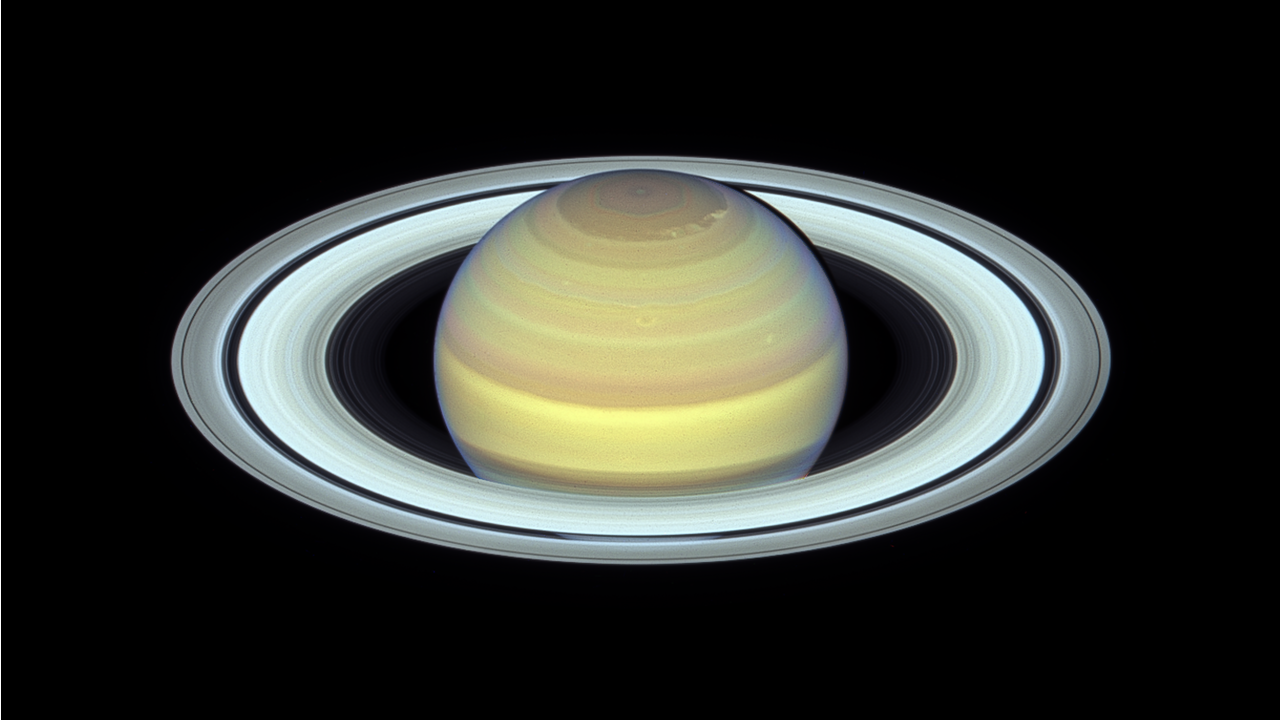
Evolution of Saturn's Ring Tilt (2018-2024)
This is a series of Hubble Space Telescope images of the planet Saturn taken from 2018 to 2024. This sequence shows how the tilt of the magnificent ring system changes relative to the view from Earth, as Saturn orbits the Sun. Approximately every 15 years the relatively...
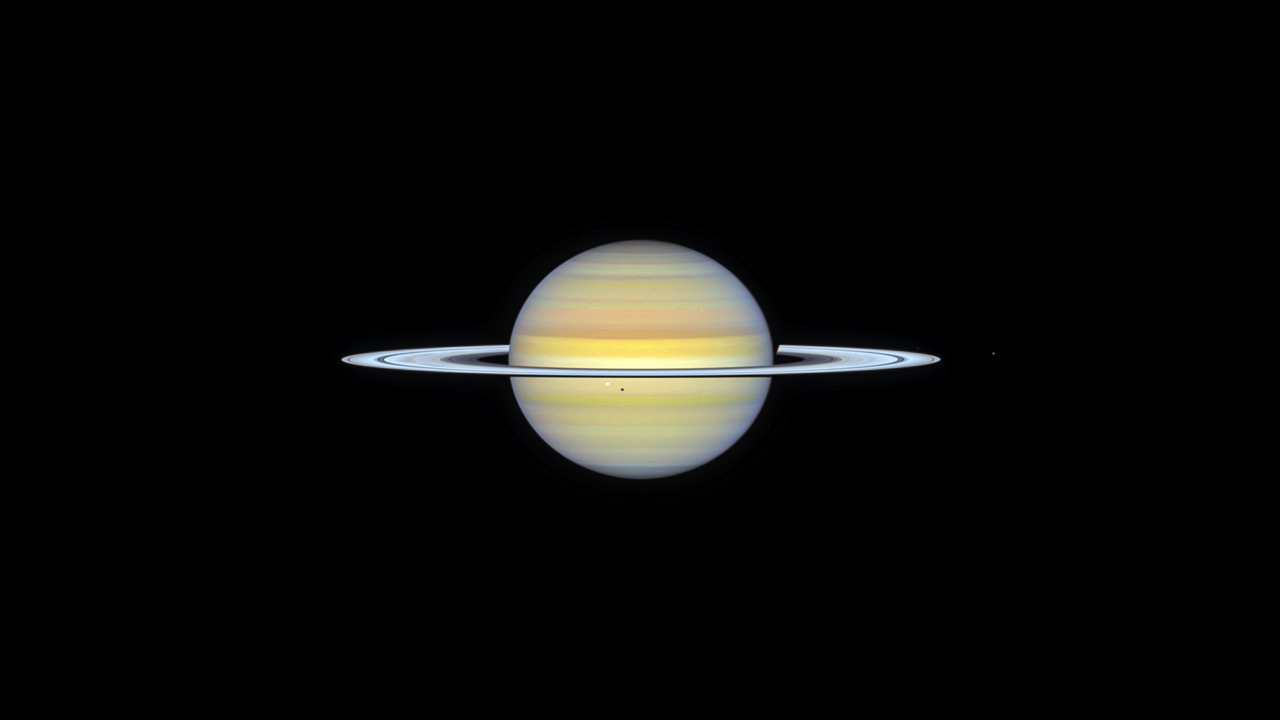
OPAL Saturn Observations - August 2024
This is a time-lapse movie of a Hubble Space Telescope set of images taken of Saturn in August 2024. In the 18 hours of observations several small icy moons are visible in every frame speeding around like race cars: Dione, Enceladus, Janus, Mimas, and Tethys. Their orbits are...
Share
Details
Claire Andreoli
NASA’s Goddard Space Flight Center
Greenbelt, Maryland
claire.andreoli@nasa.gov
NASA, ESA, Amy Simon (NASA-GSFC), Michael Wong (UC Berkeley)
Joseph DePasquale (STScI)

